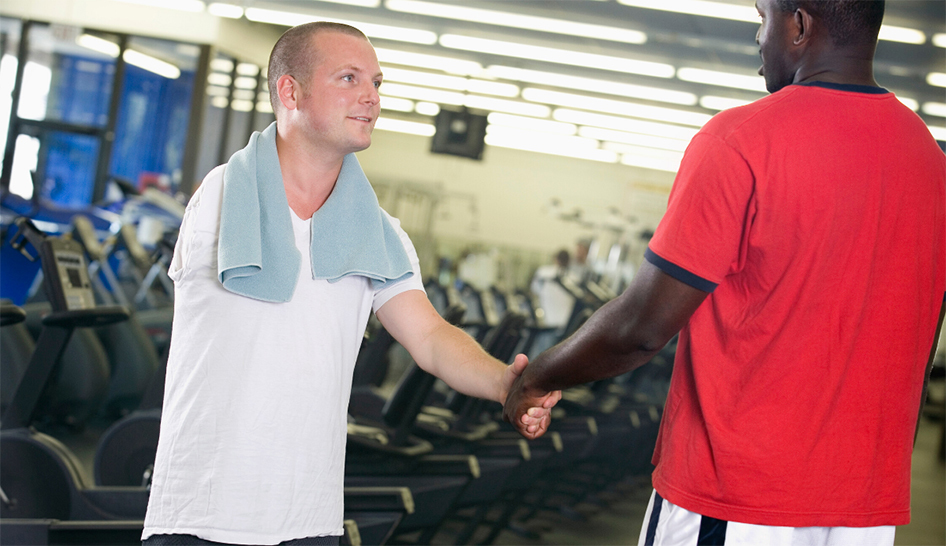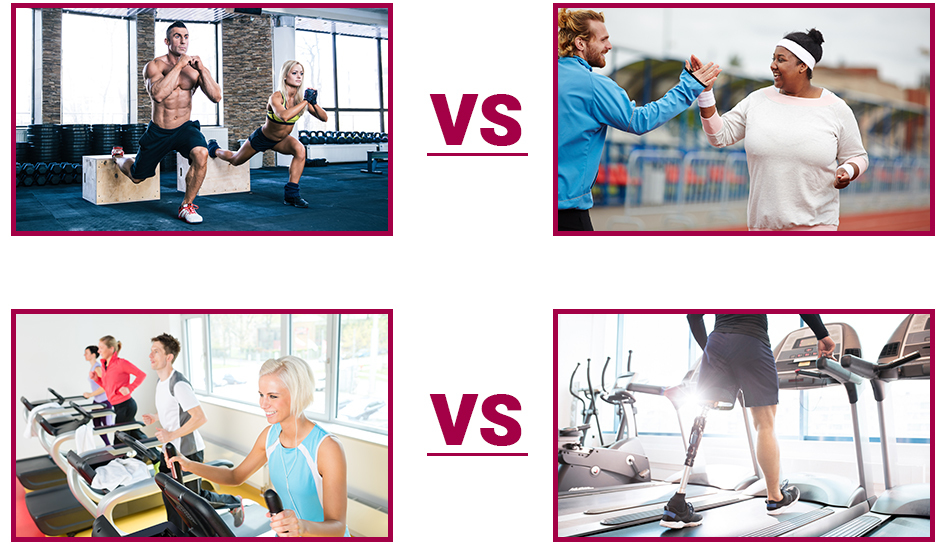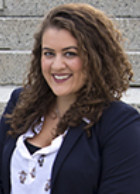The industry is ready to move toward more universal inclusion, but a few knowledge gaps remain. This e-book is the starting point for closing those knowledge gaps and creating a culture of inclusivity in your club.
"It is easy for businesses to overestimate what they have to do to be inclusive," says Larcom. "They assume to be truly inclusive, they have to buy all new equipment or renovate their entire facility, but that isn't true.”
She also points out that many of the new protocols implemented to prevent the spread of COVID-19 in the club may also make it easier for people with disabilities to fully use the facility. For example, wider spaces between machines to facilitate social distancing also make the area easier for a wheelchair user or someone on crutches to navigate.
However, she also sees many businesses that think they are already inclusive because they comply with all federal regulations on disability access.
"Likely, many clubs feel that of course they are inclusive," says Larcom. "Because to them, everyone is welcome at their club." However, she says few may realize the subconscious barriers that could be in place, preventing people with disabilities from feeling completely welcomed or included.
This e-book was designed to help make the concept of inclusivity less opaque, and feel more doable in the short term.
What Your Club Can Do to Start Being More Inclusive Today
Making your club inclusive isn't a matter of making one or two simple changes. Instead, Larcom says it reflects a long-term culture change involving all levels of staff.
That being said, there are things your club can start doing today to show your commitment to a more inclusive fitness sector by ensuring the spaces, equipment, programs, and classes you offer cater to a wide range of people.
You can convey to those with limitations that they're welcome in your community with only a few thoughtful changes. Merely moving machines to make walkways wider or including instructions for equipment in braille can make all the difference.
As clubs consider maintaining virtual classes and programming for the long term, consider offering programming specifically for people with mobility limitations, or who may be at a lower fitness level. As many people emerge from stay-at-home orders, even those keeping up with Zoom classes at home may not be where they were back in March.
Also, consider how to make your videos as inclusive as possible. Do you provide clear verbal cues, so the videos are accessible to people with vision impairments, or closed captioning and clear demos for the hearing impaired?
Using clear language and demonstrations can also increase accessibility for people with intellectual disabilities, those who are new to fitness, or those who may be more comfortable speaking a different language.
Use the Americans with Disabilities Act (ADA) checklist and audit guide to help your business:
- identify barriers,
- develop solutions for removing these barriers, and
- set priorities for implementing improvements.
For clubs outside the U.S., the ADA checklist can still be a helpful resource.
Another thing you can do is make sure your marketing materials include images that reflect all types of people. Your club may say it is welcoming to all—and mean it—only to be betrayed by your marketing materials.
Using photographs of people of different races, weights, body types, and skills can make more people feel welcome. Make it clear that physical activity is both beneficial—and accessible—for everyone.


